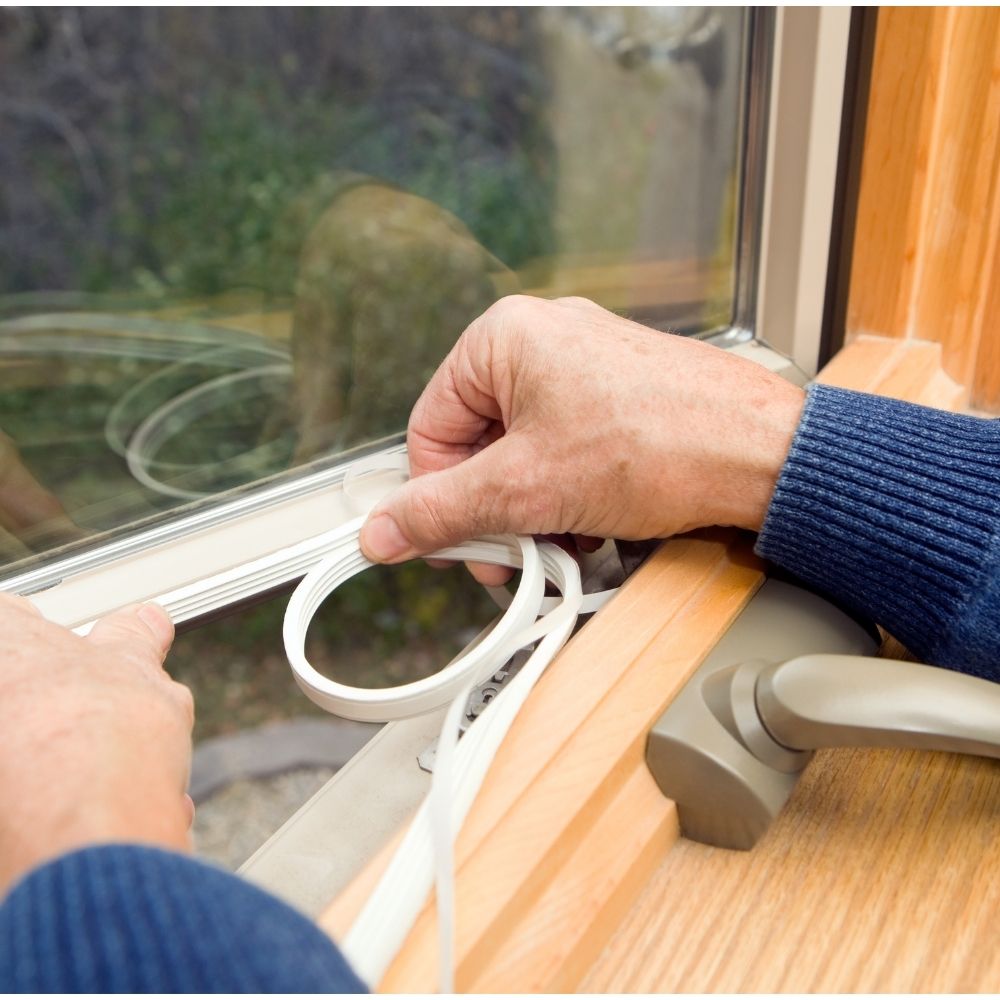When it comes to pest control, the best offense is a great defense. You can apply all the sprays and traps you want, but if you don’t seal the entry points, new pests will just keep coming in.
Pests, from the tiniest ants to larger rodents, are masters at finding their way inside through the smallest cracks and openings.
By taking a proactive approach to sealing your home, you can create a strong, lasting barrier that makes it harder for unwanted guests to get in.
How to Block Out Unwanted Insect Pests
Why Pests Get Inside
Pests don’t invade your home just to annoy you; they’re looking for three things: food, water, and shelter. A small crack in your foundation or a gap around a pipe is the equivalent of a welcome mat. The most common entry points are often overlooked because they’re out of sight.
Common Entry Points:
- Foundation Cracks: As your home settles, tiny cracks can form in the foundation. Insects like ants and termites can enter through these.
- Gaps Around Pipes and Wires: Utility lines for water, gas, and electricity often leave small gaps where they enter the home. These are highways for mice, spiders, and roaches.
- Torn Window and Door Screens: Even a small tear is a gaping hole for flies and mosquitoes.
- Damaged Weather Stripping: Old or damaged weather stripping around doors and windows creates an easy access point.
- Vents and Chimneys: Unscreened vents and uncapped chimneys are open invitations for birds, squirrels, and wasps.

Step-by-Step Pest Preventing Sealing Techniques
Performing a thorough pest-proofing check of your home can be done with a few common tools and materials. Start with the exterior and work your way in.
1. Inspect and Seal the Foundation: Walk around the entire perimeter of your home. Look for any cracks or holes in the concrete. Use a high-quality sealant or mortar to fill any gaps you find. For larger holes, you may need a patch or coarse steel wool, which rodents can’t chew through.
2. Address Doors, Windows, and Siding: Check the weather stripping on all doors and windows, but don’t forget to insect-proof your siding (where applicable). If you can see light coming through any of the gaps, the stripping needs to be replaced. Use a good-quality caulk to seal any small gaps around the window and door frames. A door sweep on the bottom of all exterior doors is also a great idea.
3. Check Utilities and Vents: Look closely at where pipes, cables, and wires enter your home. Seal any gaps with a proper sealant or expanding foam, making sure to follow the product’s instructions for a secure fit. Ensure all vents leading outside have secure, fine mesh screens to prevent pests from entering.
4. Repair Screens and Chimneys: Patch any tears in window or door screens, or consider replacing them if the damage is widespread. Make sure your chimney has a cap with a secure screen to keep out birds, raccoons, and other pests.
5. Clean and Declutter: While not a sealing technique, keeping your home and yard clean and free of clutter removes a pest’s primary source of shelter. Remove piles of wood, leaves, and other debris from the area immediately surrounding your home’s foundation. Inside, store food in airtight containers and regularly clean up crumbs and spills.
The Power of Prevention
By taking the time to seal your home, you are doing more than just blocking pests. You are actively disrupting their ability to find safe harbor and resources. This proactive strategy reduces your reliance on chemical treatments and is the most effective long-term solution for a pest-free home.
While sealing your home is the first and most important step, a comprehensive bed bug treatment and prevention guide is essential if you suspect an infestation has already begun. For a contact killer spray that works great on bed bugs, ants, and other crawling nuisances, check out our proprietary BLITZ bed bug spray.



Leave a Reply